Chinese officials predict that up to 9 billion people will travel during this year's Chunyun Festival in the country of a billion people.
China's annual Lunar New Year travel season, also known as Chunyun, is a time when people plan family reunions or long-term travel.
This year, China's Spring Festival began on January 14 and lasted 40 days, ending on February 22. The surge in traffic during this time is often seen as a gauge of the health of the Chinese economy and a test of the country's transport infrastructure, according to Reuters.
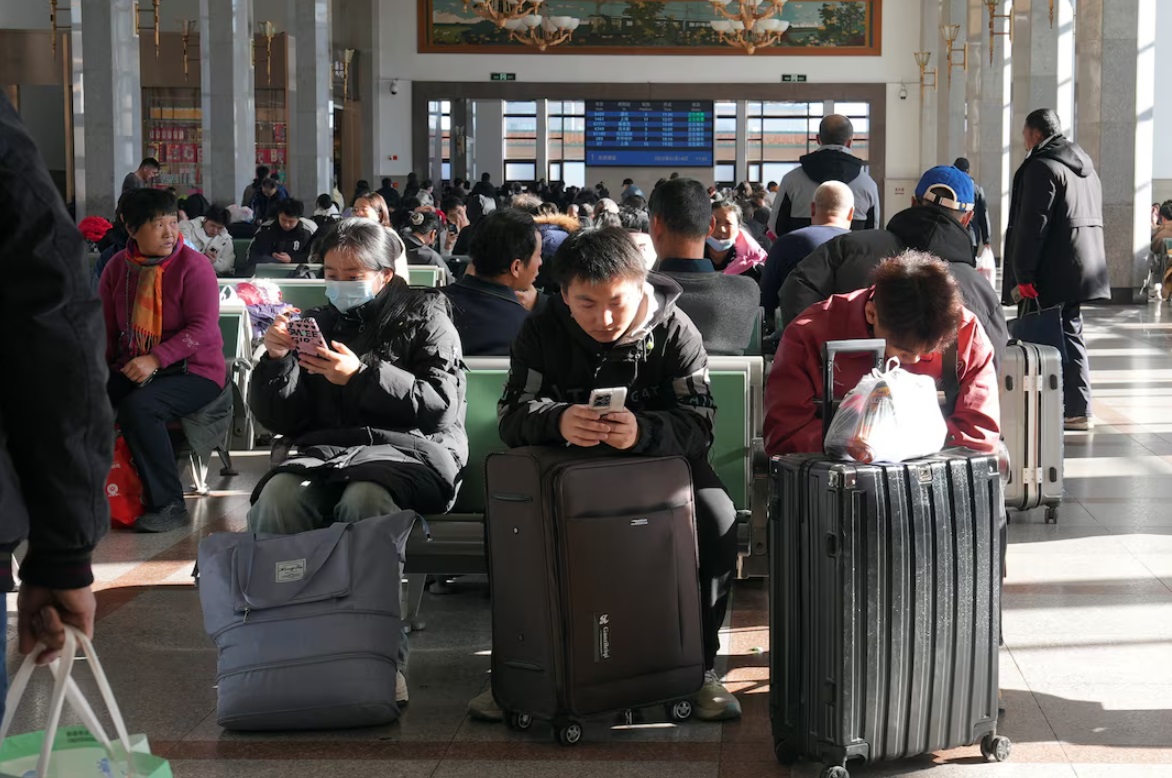
Passengers wait for a train at a railway station in Beijing, China on January 14.
Record number of trips
Chinese authorities predict that there will be 9 billion domestic trips during the 40-day Chunyun period, a record number and up from about 8.4 billion trips recorded last year. The Chinese Ministry of Transport has updated its calculation in recent years, including traffic on major highways.
Driving is expected to be the most popular mode of travel during the Chunyun period and could record 7.2 billion trips this year, accounting for 80% of all modes of travel, followed by trains and planes. Train trips are expected to hit a record 510 million, up 5.5% year-on-year, while flights are expected to account for 90 million. The Global Times reported on January 20 that after the first week of the 2025 Chunyun, China has recorded more than 1 billion trips.
In 2019, before the Covid-19 pandemic broke out, China recorded nearly 3 billion trips during Chunyun.
Top destinations for those choosing to fly include Chongqing, Chengdu, Beijing, Harbin and Xi’an. Meanwhile, Shanghai, Guangzhou, Shenzhen, Nanjing, Hangzhou and Wuhan are popular stops for those taking the train. International flights to Tokyo and Osaka (Japan), Bangkok (Thailand) and Singapore also saw increased demand.
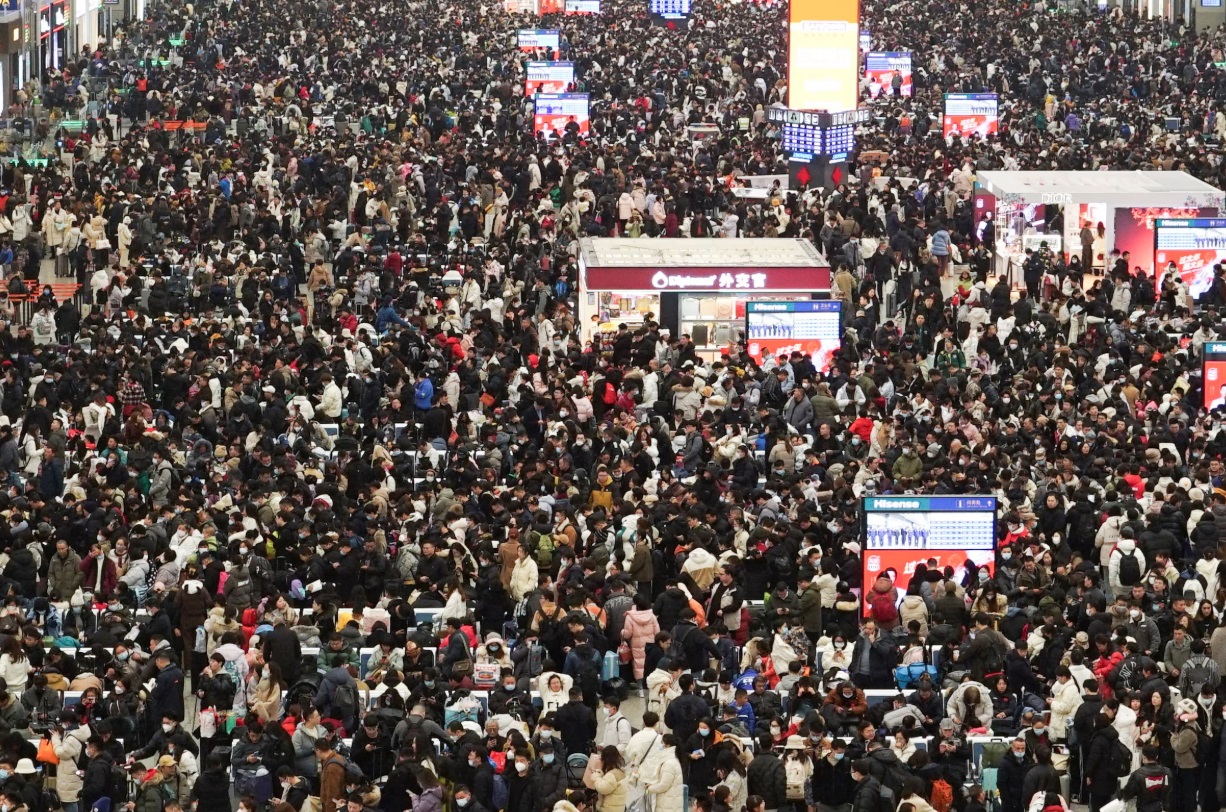
A crowded train station in Shanghai, China during the Lunar New Year on February 7, 2024
Tourism stimulus policy
People in China have more travel options this year as they enjoy an eight-day break during the Lunar New Year, from January 28 to February 4. Meanwhile, as part of its efforts to attract international visitors, China has expanded its visa-free policy to 38 countries and doubled the length of stay to 30 days. Eligible transiting foreign visitors can apply for a stay of up to 10 days, up from the previous maximum of six days.
CCTV reported that during the Lunar New Year this year, China will continue to exempt highway tolls for cars with up to 7 seats. The policy of exempting highway tolls during holidays and New Year has been officially implemented by China since 2012, aiming to reduce traffic congestion and encourage people to travel by themselves.
In addition to the bustling travel demand, the increased consumer demand during the holiday also boosted the number of orders during the Lunar New Year. According to statistics from the China Post Bureau, during the first three days of the Spring Festival, the average daily express delivery volume in China exceeded 670 million orders, up 29% over the same period last year, according to the Global Times.
The Chinese government has taken steps to boost domestic consumption. On January 13, the State Council (the government) rolled out 18 measures to boost growth in the cultural and tourism sectors, including rolling out shopping vouchers, introducing more cultural and tourism products suitable for seniors, and optimizing domestic tourism policies.
Source: https://thanhnien.vn/xuan-van-nam-nay-pha-ky-luc-ve-luot-di-lai-o-trung-quoc-185250123172502799.htm



![[Photo] General Secretary To Lam meets and expresses gratitude to Vietnam's Belarusian friends](https://vphoto.vietnam.vn/thumb/1200x675/vietnam/resource/IMAGE/2025/5/11/c515ee2054c54a87aa8a7cb520f2fa6e)
![[Photo] General Secretary To Lam arrives in Minsk, begins state visit to Belarus](https://vphoto.vietnam.vn/thumb/1200x675/vietnam/resource/IMAGE/2025/5/11/76602f587468437f8b5b7104495f444d)


![[Photo] General Secretary To Lam concludes visit to Russia, departs for Belarus](https://vphoto.vietnam.vn/thumb/1200x675/vietnam/resource/IMAGE/2025/5/11/0acf1081a95e4b1d9886c67fdafd95ed)
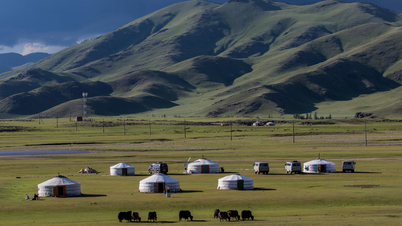




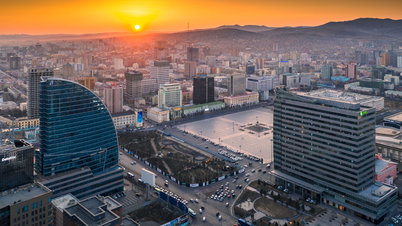


















![[Photo] National Assembly Chairman Tran Thanh Man attends the Party Congress of the Committee for Culture and Social Affairs](https://vphoto.vietnam.vn/thumb/1200x675/vietnam/resource/IMAGE/2025/5/11/f5ed02beb9404bca998a08b34ef255a6)
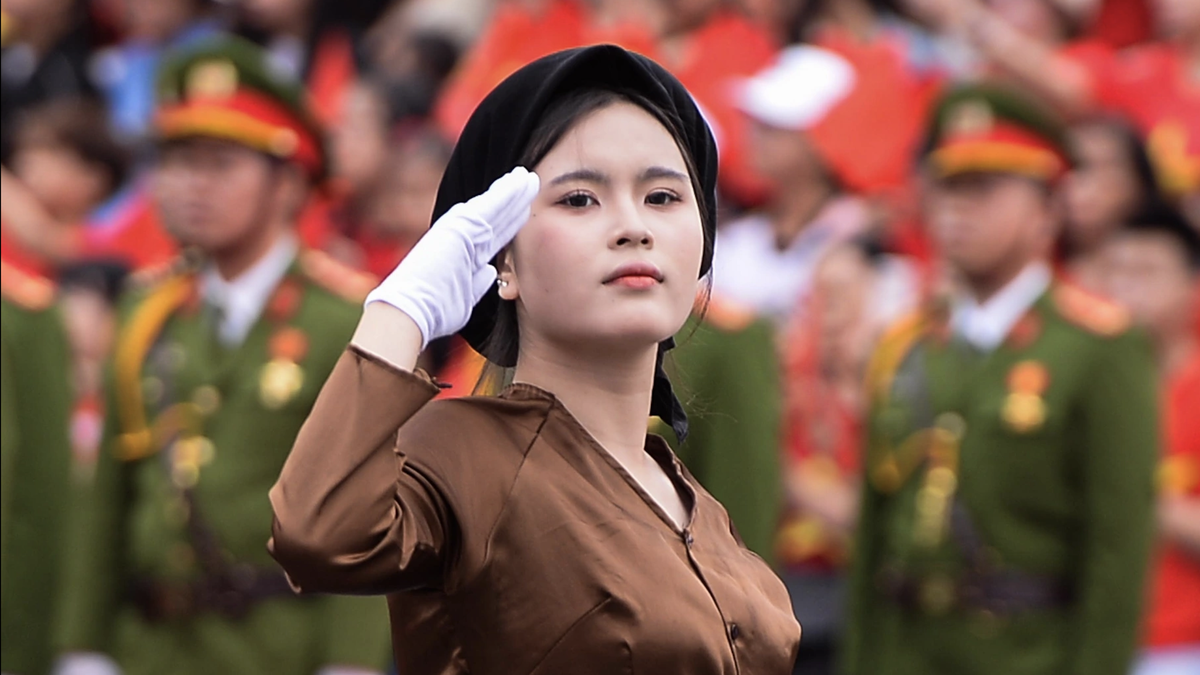


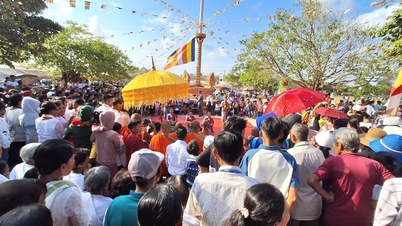

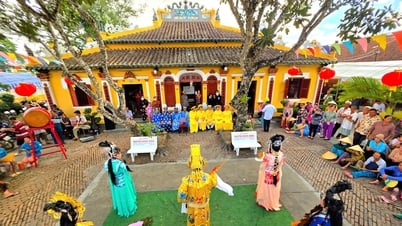


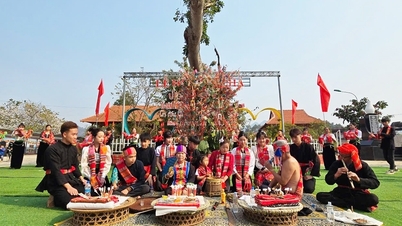













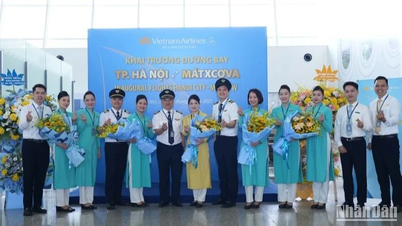







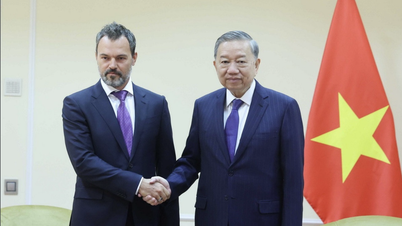


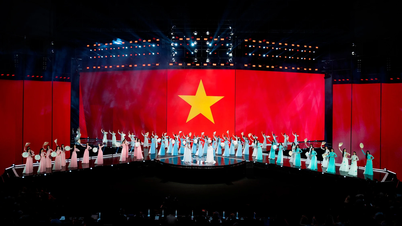


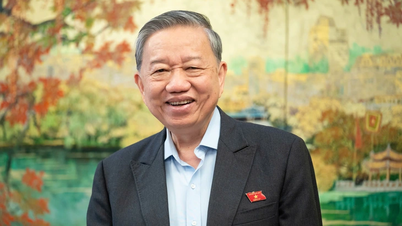











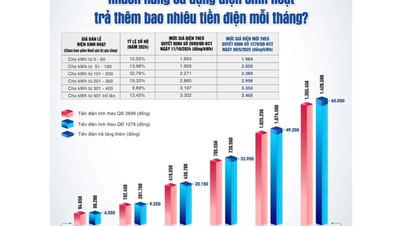


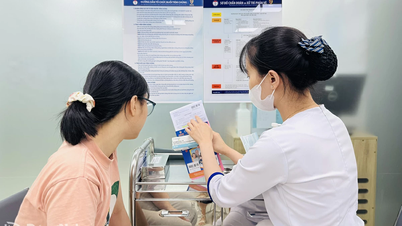




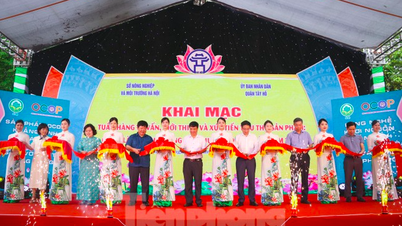







Comment (0)